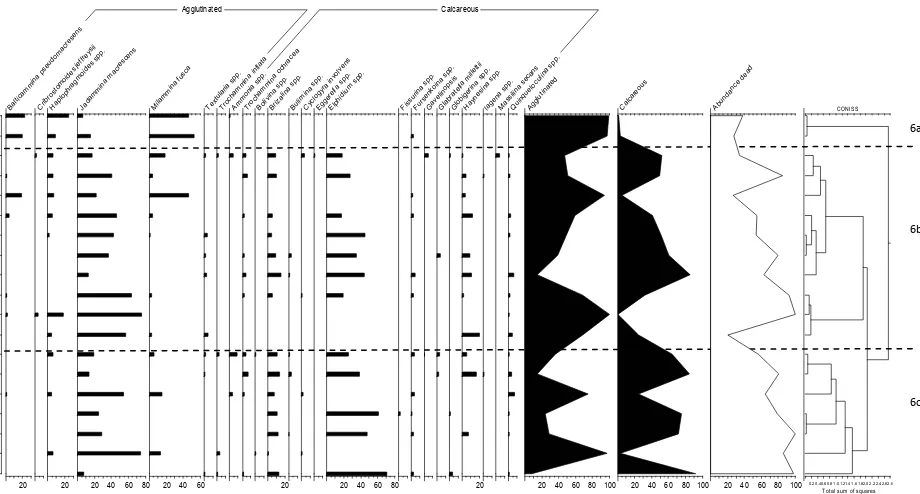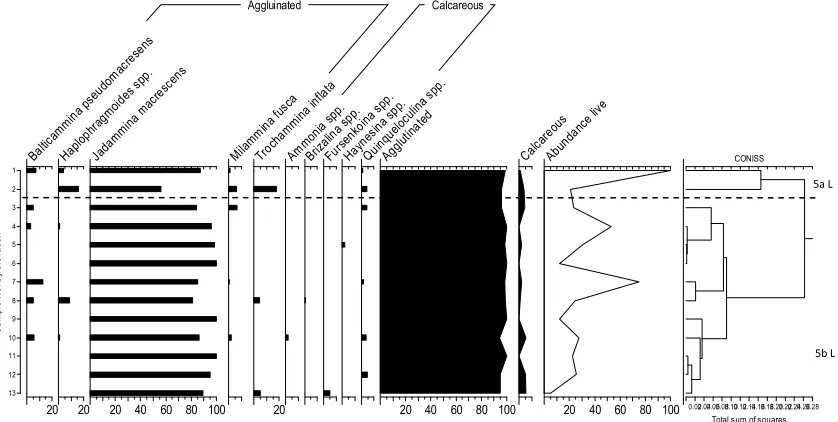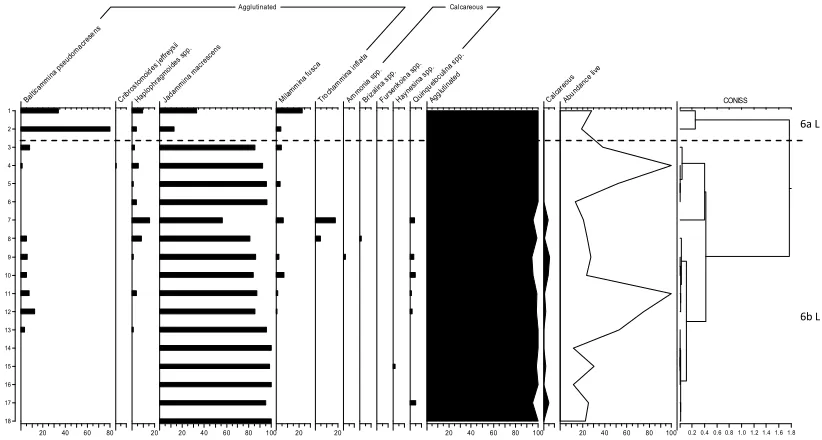Assessing the viability of using foraminifera from Mersey Estuary saltmarsh sediments to reconstruct former sea level
Full text
Figure
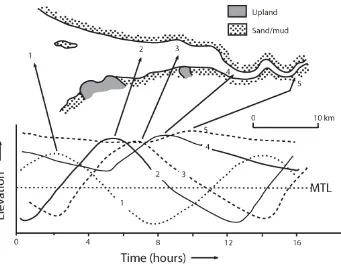
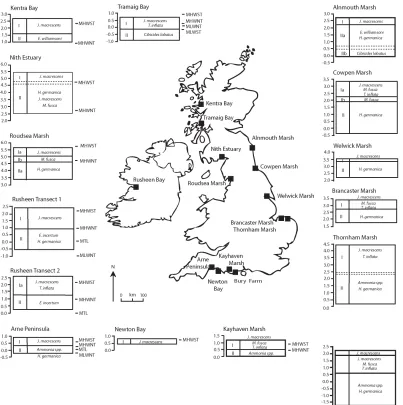
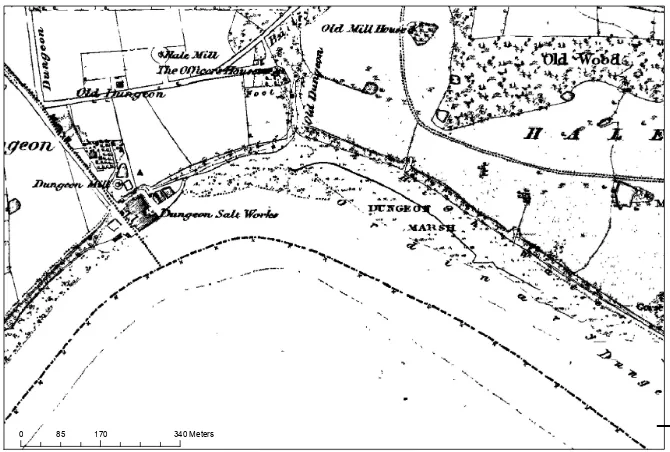
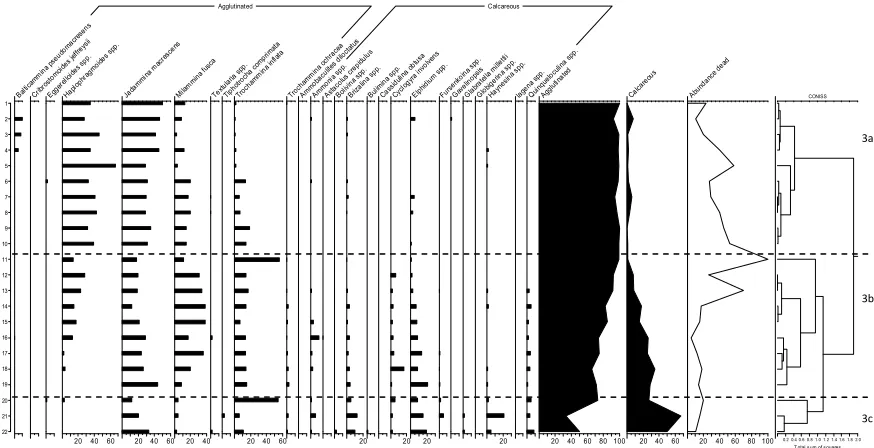
Related documents
Here we have used a multi-parent advanced generation inter-cross (MAGIC) population to study the genetic control of fatty acid chain length in Arabidopsis thaliana seed oil..
expected feed intake rather than body weight gain in both varieties of Japanese
When talking to companies we find that it’s blatantly obvious that most companies do not understand the true, hard costs of their messaging systems, nor do they accurately
First, the evolving crack surface leads to time – evolving traction-free boundary growth in computational domain, hence the finite element representation of evolving
circuit courts consider a document eligible for work product protection if the document was prepared “because of” the prospect of litigation, while two minority
There is free time to explore, visit the nearby ruins of Monte Albán or Mitla, take a cooking class, or relax in a café on the city's main square.. Take an orientation walk
the purpose of this research is to examine the state-level of technical and creative skills of students in the 7th and 9th grade, their capacity for creative and common factors,
Low saline water flooding is an EOR technique in which, by decreasing the injection water salinity (1,000-5,000 ppm) and choosing the specific ionic



